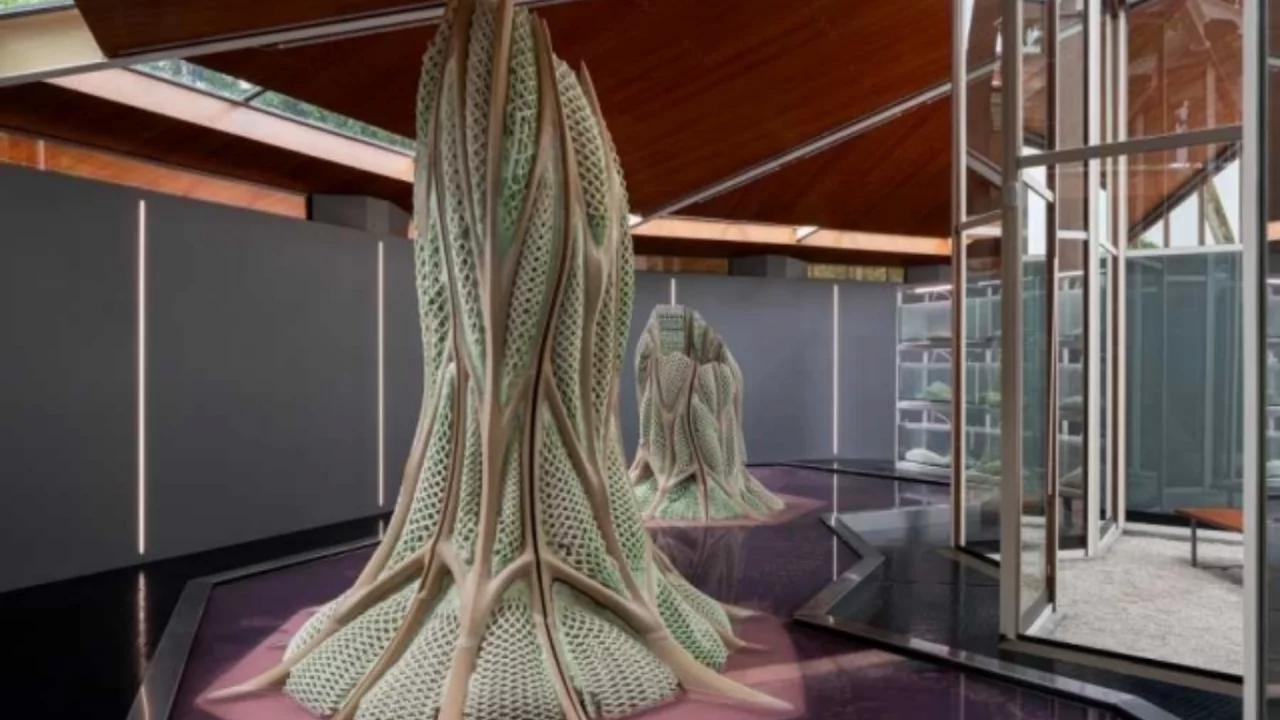
Scientists from ETH Zurich — the Swiss Federal Institute of Technology — have unveiled a biologically active material capable of effectively absorbing carbon dioxide (CO₂) from the atmosphere and suitable for 3D printing. This was announced by the institute’s official source.
The newly developed material consists of a special gel containing ancient microorganisms known as cyanobacteria. These bacteria, among the earliest life forms on Earth, are able to perform photosynthesis even in low light conditions.
The material employs two carbon capture mechanisms:
- Organic mechanism: The bacteria use sunlight to convert CO₂ into their biomass.
- Mineral mechanism: During their life cycle, the bacteria produce carbonate minerals (such as calcium carbonate), which store carbon in a stable form over the long term.
Laboratory experiments showed that the material can continuously absorb CO₂ for up to 400 days, binding approximately 26 milligrams of carbon dioxide per gram of material. Most of the carbon is preserved in a mineral form, which makes the process highly efficient.
Thanks to a special hydrogel coating, the cyanobacteria remain active for over a year, ensuring the material’s long-lasting performance.
This innovative material is already being used in architectural projects. For example:
- At the Venice Architecture Biennale, Canada’s pavilion showcased the "Picoplanktonics" installation — two tree trunk-like structures up to three meters tall. Each one can absorb up to 18 kg of CO₂ per year — comparable to a 20-year-old pine tree.
- At the Milan Triennale, a project called "Dafne’s Skin" demonstrated how living materials could transform the appearance of future buildings, forming dense green patinas of microorganisms on wooden surfaces.
According to project leader Professor Mark Tibbitt, in the future, such living materials could be used as façade coatings for buildings, turning urban environments into massive carbon sinks.
The material only needs sunlight, nutrient-rich artificial seawater, and atmospheric CO₂ to grow, making the technology both environmentally friendly and energy efficient. Read “Zamin” on Telegram!
Ctrl
Enter
Found a mistake?
Select the phrase and press Ctrl+Enter Related news
Information
Users of Меҳмон are not allowed to comment this publication.
Users of Меҳмон are not allowed to comment this publication.













